
Travel
17:15, 21-Jul-2018
Unveil the real Senegal with CGTN
Updated
16:47, 24-Jul-2018
By She Jingwei
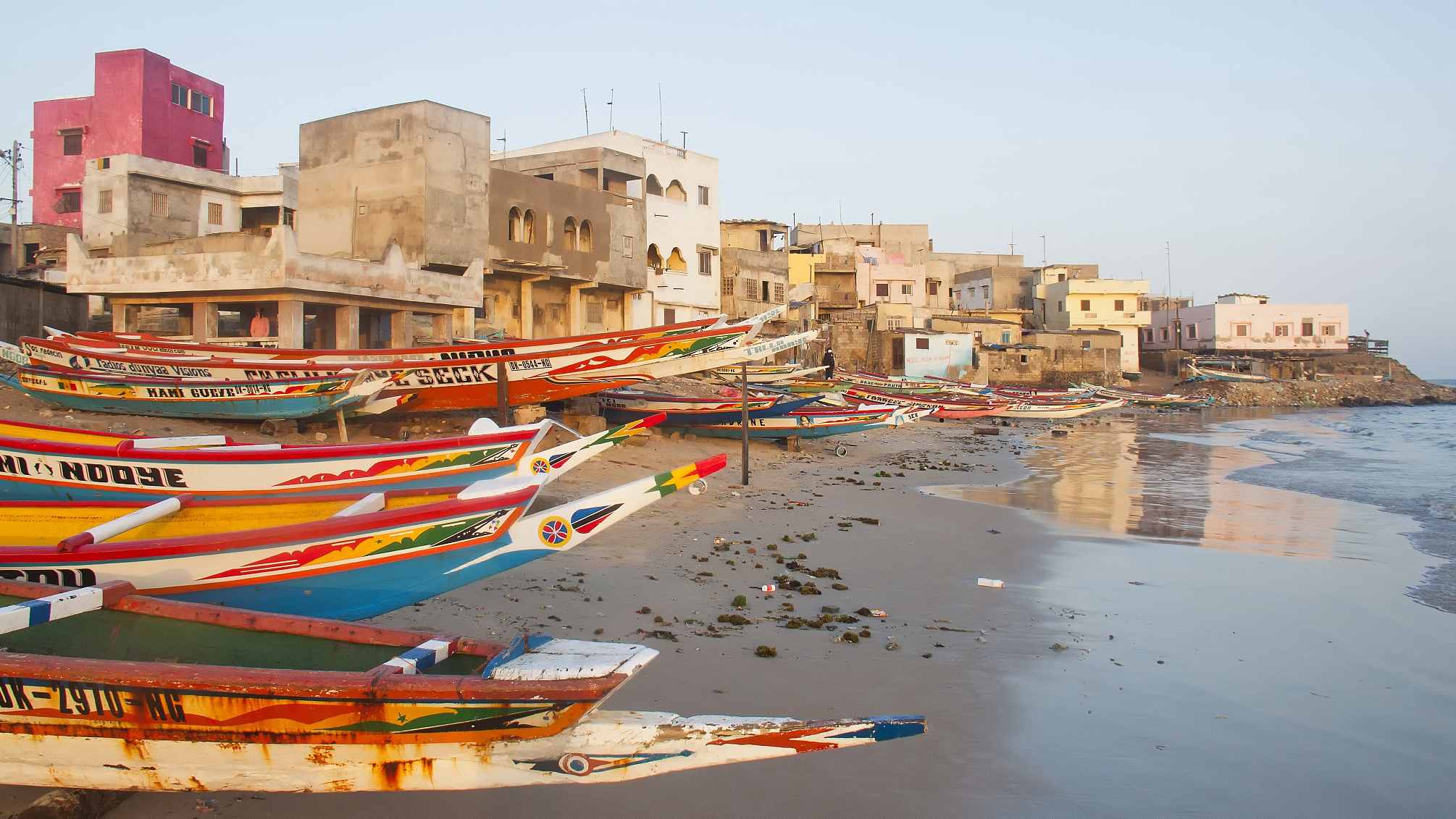
After Chinese President Xi Jinping’s three-day state visit to the United Arab Emirates, his next stop is Senegal. In Senegal, football is as important as music. Earlier this month, the Senegalese football team won its first group match in the just-concluded 2018 FIFA World Cup in Russia, bringing new attention to the country.
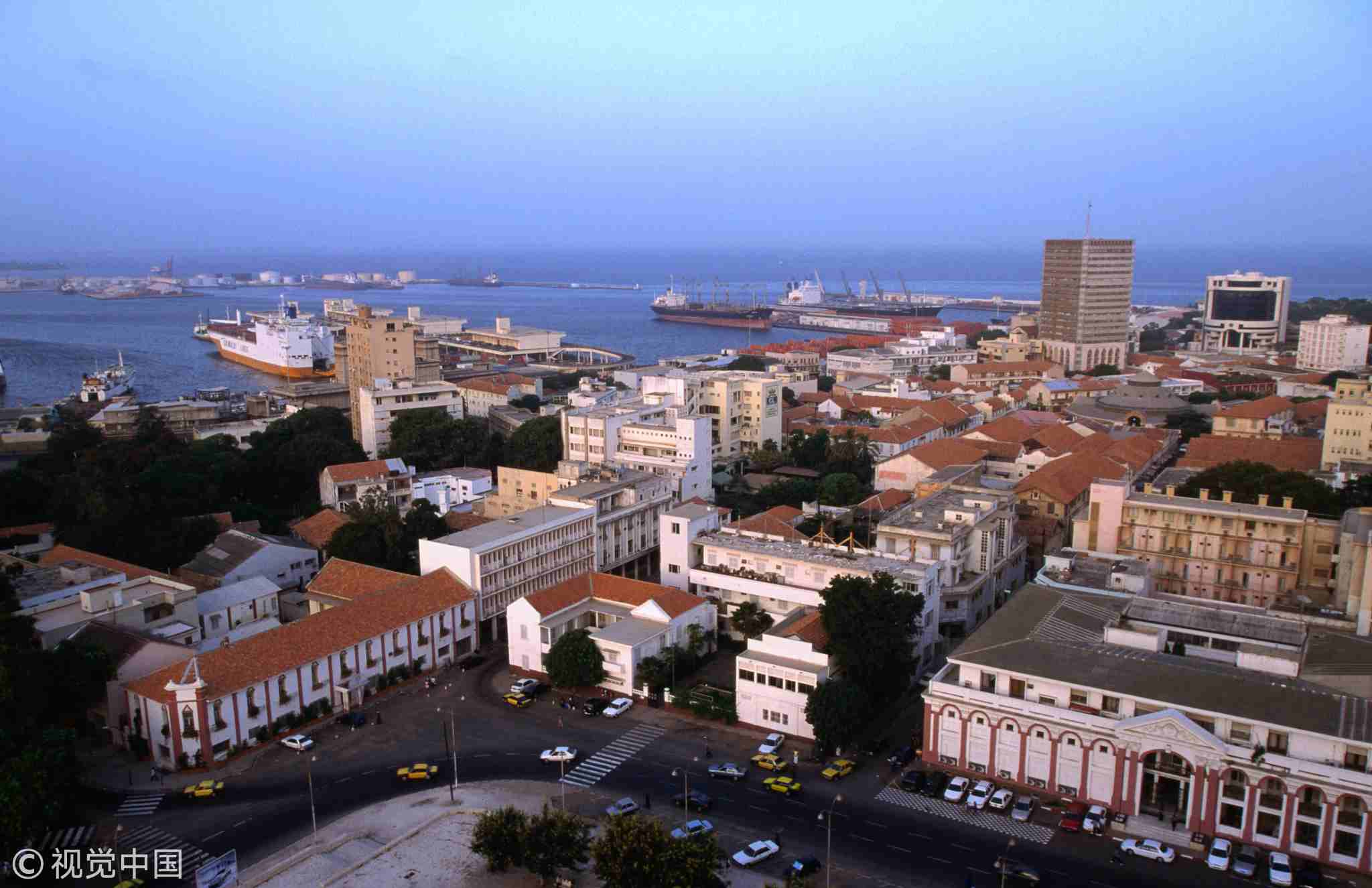
Looking northeast from central Dakar toward the port with the Govournance building on Place de L'Independance. /VCG Photo
Looking northeast from central Dakar toward the port with the Govournance building on Place de L'Independance. /VCG Photo
Regarded as one of West Africa’s most democratic and stable countries, Senegal owns its unique charm and culture. The beautiful French name "Teranga," meaning hospitality, was given to this country because of the friendliness of the locals. Touching the Atlantic Ocean, Senegal is the westernmost nation in Africa. It shares a border with Guinea-Bissau to the south, Guinea to the southeast, Mali to the east, and Mauritania to the north.
Dakar: the capital of Senegal
Lying on the Cape Verde Peninsula, the eastern shore of the Atlantic Ocean, Dakar is the capital and also the largest city in Senegal. It also plays an important role in the country’s politics, economy and culture. Due to its important geographic location, it has become a transportation hub of West Africa and an important shipping point for trade between Europe and Africa.

Dakar, Senegal. /VCG Photo
Dakar, Senegal. /VCG Photo
Dakar's must-see attractions:
African Renaissance Monument
The 49-meter-tall African Renaissance Monument is the tallest statue in Africa. This Soviet-style bronze statue of a man, woman and child commemorates Senegal's 50 years of independence from France. It's taller than New York City's Statue of Liberty and Rio de Janeiro's Christ the Redeemer.
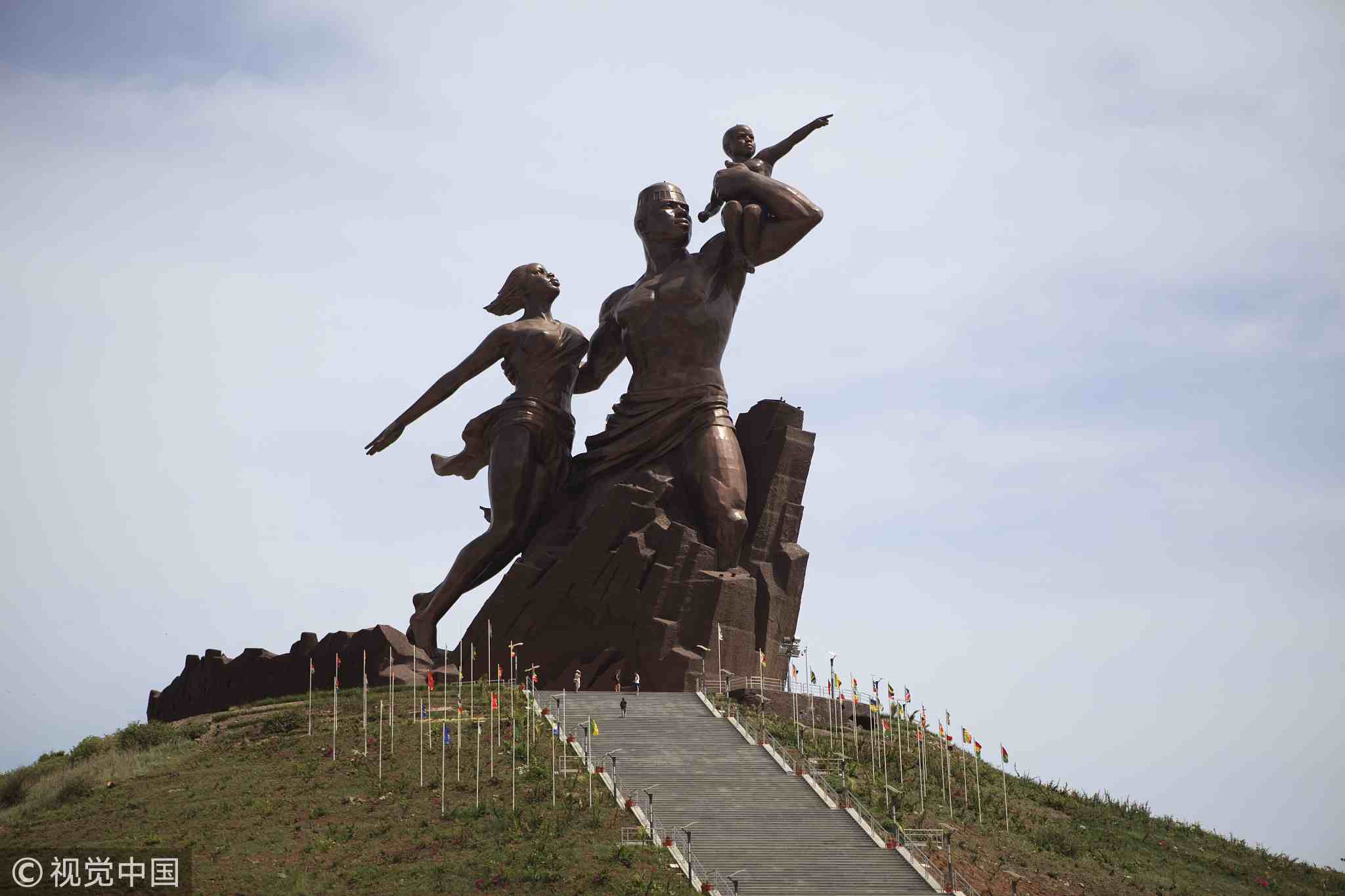
The African Renaissance Monument, Dakar, Senegal. /VCG Photo
The African Renaissance Monument, Dakar, Senegal. /VCG Photo
Musée Théodore Monod
The popular, must-see museum in Dakar, features African art exhibitions with almost 9,000 objects on display. Distinctive masks and traditional dress from across the region, including Mali and Benin as well as other nearby countries, offer you an excellent way to learn about Dakar’s culture.
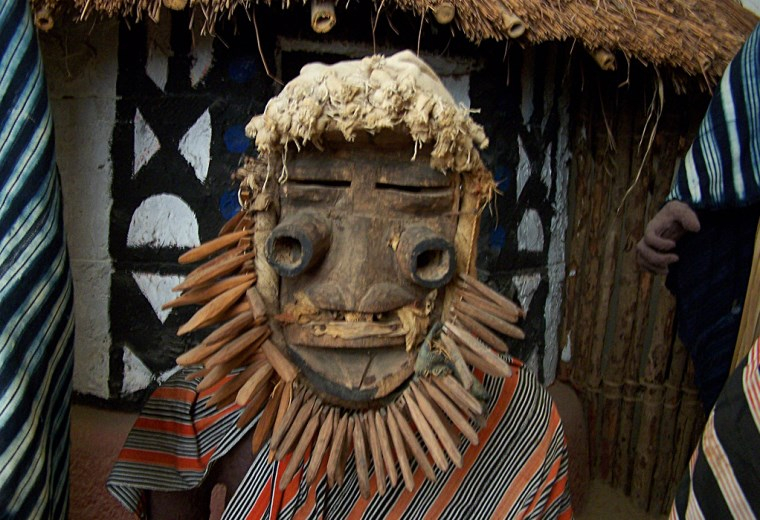
A mask inside the Musée Théodore Monod, Dakar, Senegal. /Photo via dreamplango.com
A mask inside the Musée Théodore Monod, Dakar, Senegal. /Photo via dreamplango.com
Plage de N'gor
If you want to escape from the hustle and bustle of urban life, just head to Plage de N'gor. It is a small island just off Dakar’s north shore that is popular with families for its beaches. Many tourists come for the day to soak up the sun and take a dip in the ocean.
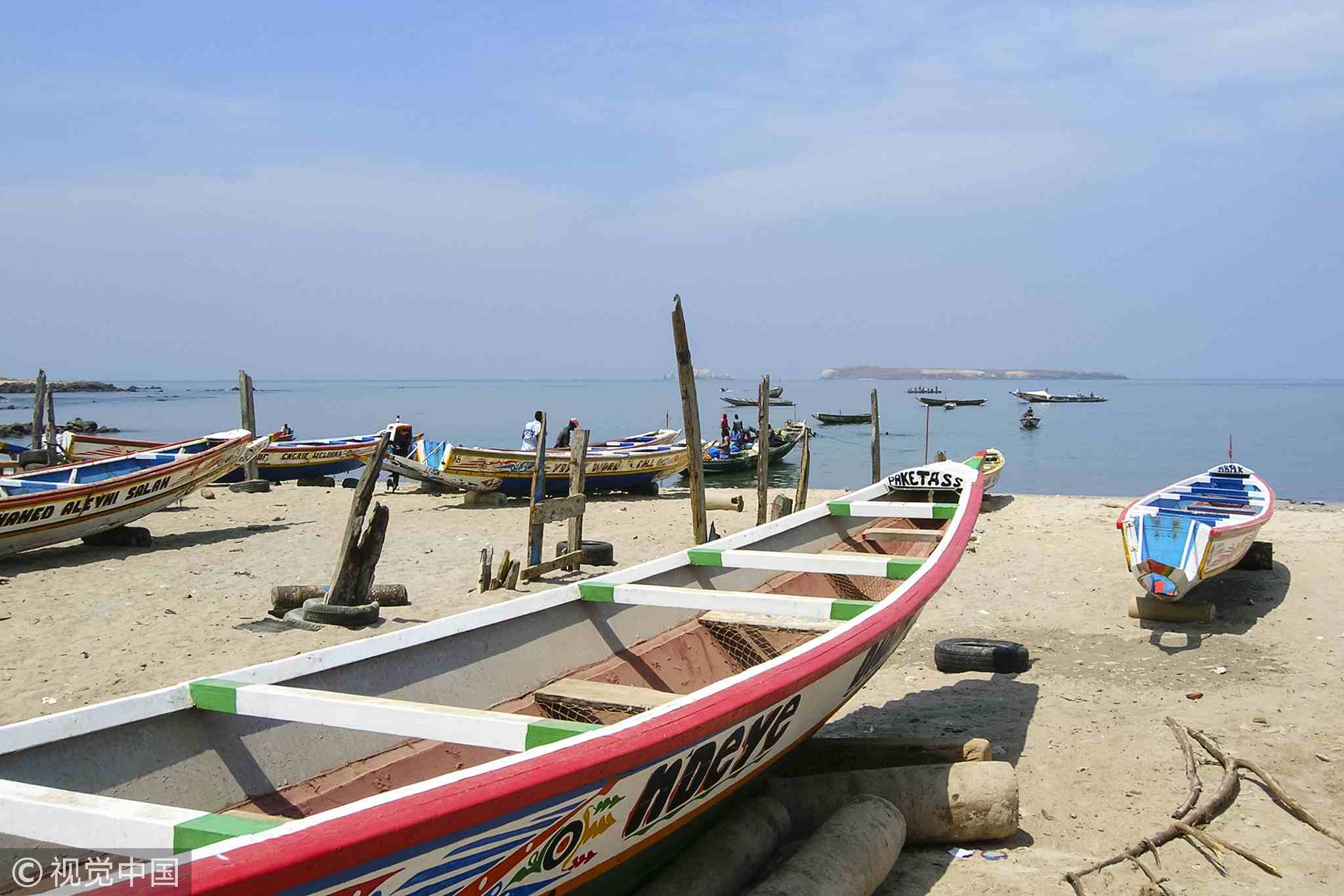
Fishing boats on N'gor beach. /VCG Photo
Fishing boats on N'gor beach. /VCG Photo
The island of Saint-Louis
With its distinctive colonial architecture, the island city of Saint-Louis became a UNESCO World Heritage Site in 2000. Founded in the 17th century, it's known as the first French settlement in West Africa and is full of historical glamour.
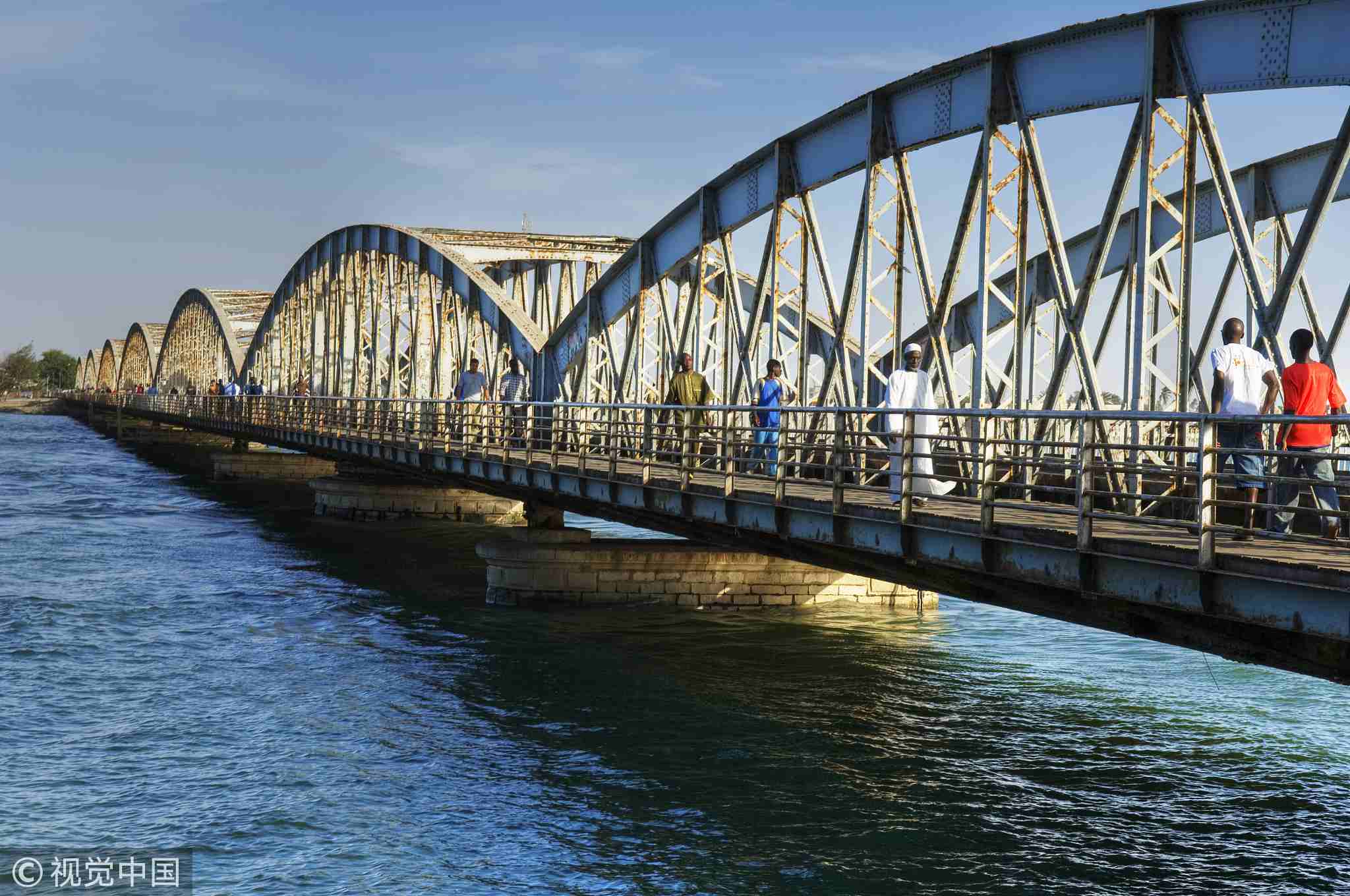
The Pont Faidherbe is an iconic site in Saint-Louis. /VCG Photo
The Pont Faidherbe is an iconic site in Saint-Louis. /VCG Photo
The famous Saint-Louis Jazz Festival in West Africa is held annually in early or mid-May, and attracts jazz lovers worldwide.
Fadiouth: an island made of seashells
Fadiouth is mainly known for its cemetery, which is made out of seashells. While walking around the tiny island, you will also find many houses adorned with shells and mounds of shells that have accumulated over the years.
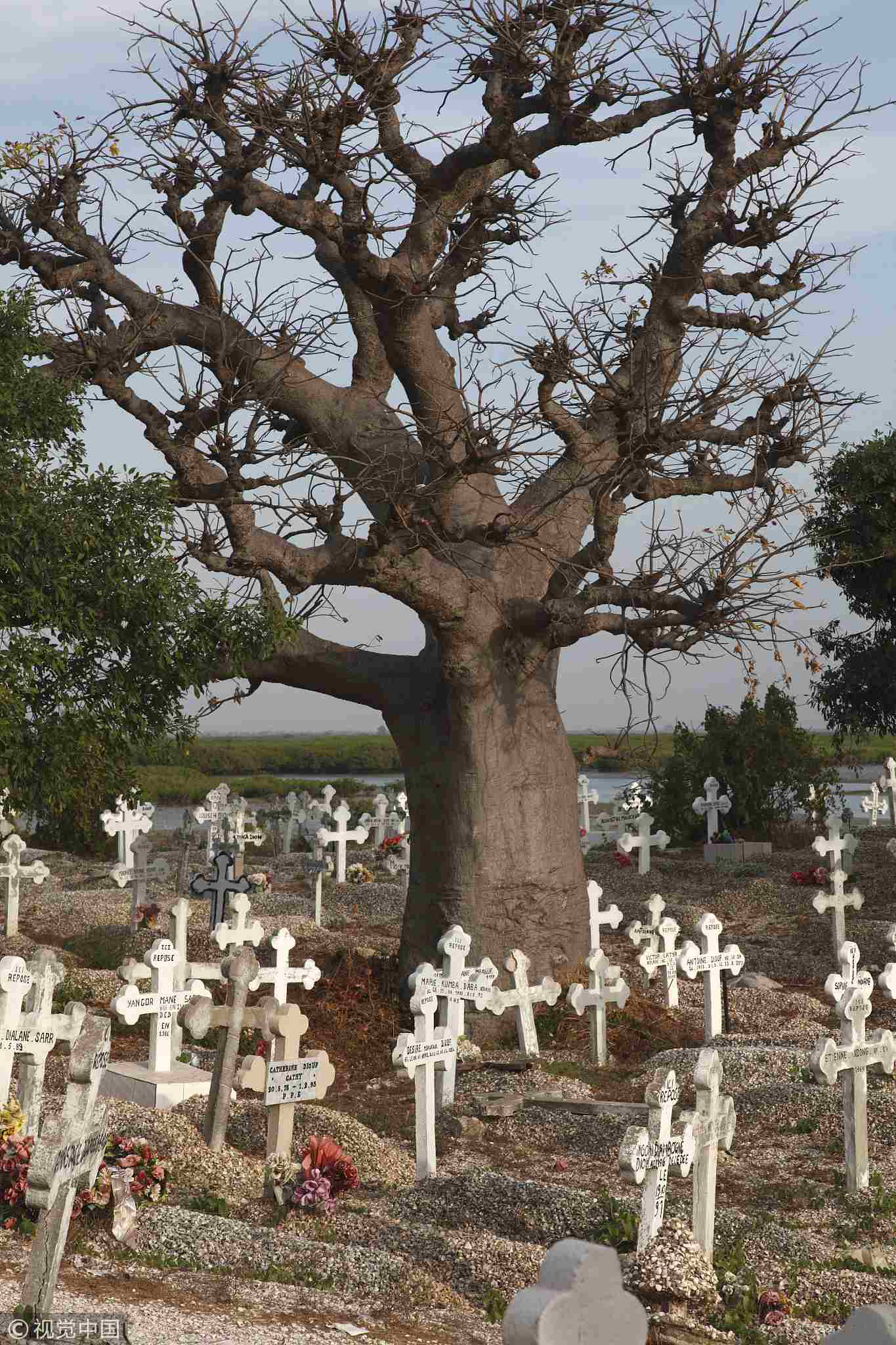
Fadiouth, Senegal. /VCG Photo
Fadiouth, Senegal. /VCG Photo
For visitors to Senegal, the hot season spans from June to September. The weather is mild near the coast, but torrid farther inland.
Through President Xi’s visit to Senegal and the profound meaning of the Beijing Summit of the Forum on China-Africa Cooperation (FOCAC), the two countries will jointly further improve bilateral cooperation and achieve mutual benefits in the future.

SITEMAP
Copyright © 2018 CGTN. Beijing ICP prepared NO.16065310-3
Copyright © 2018 CGTN. Beijing ICP prepared NO.16065310-3